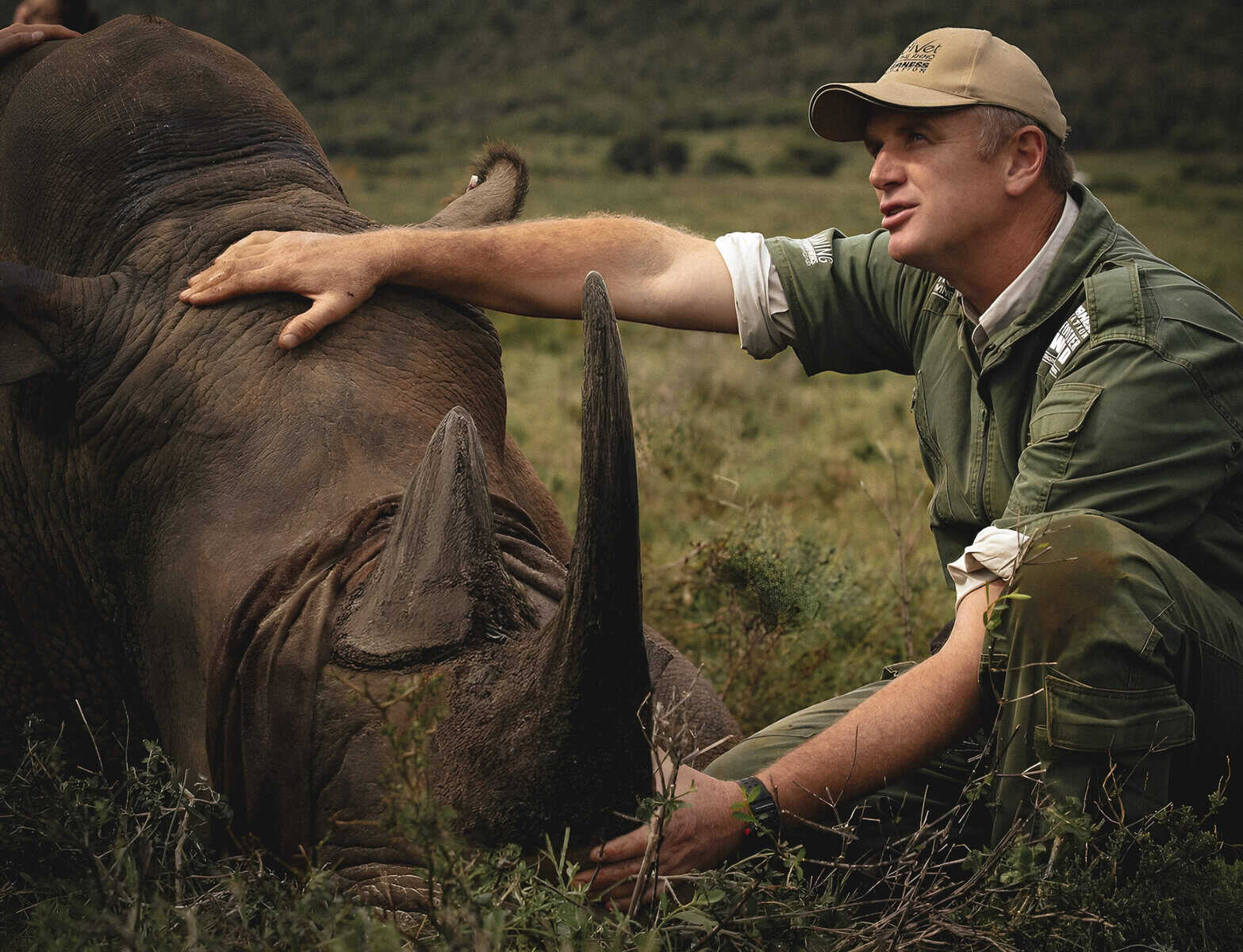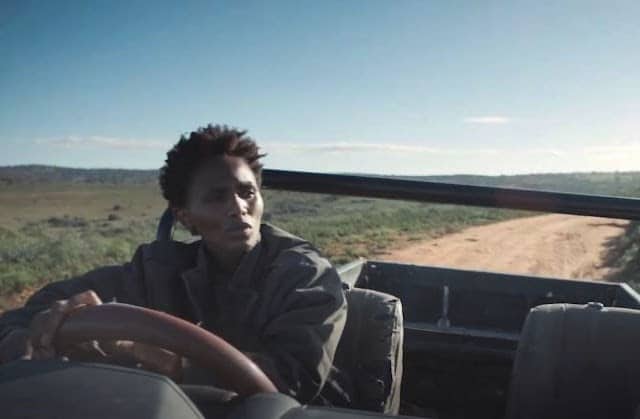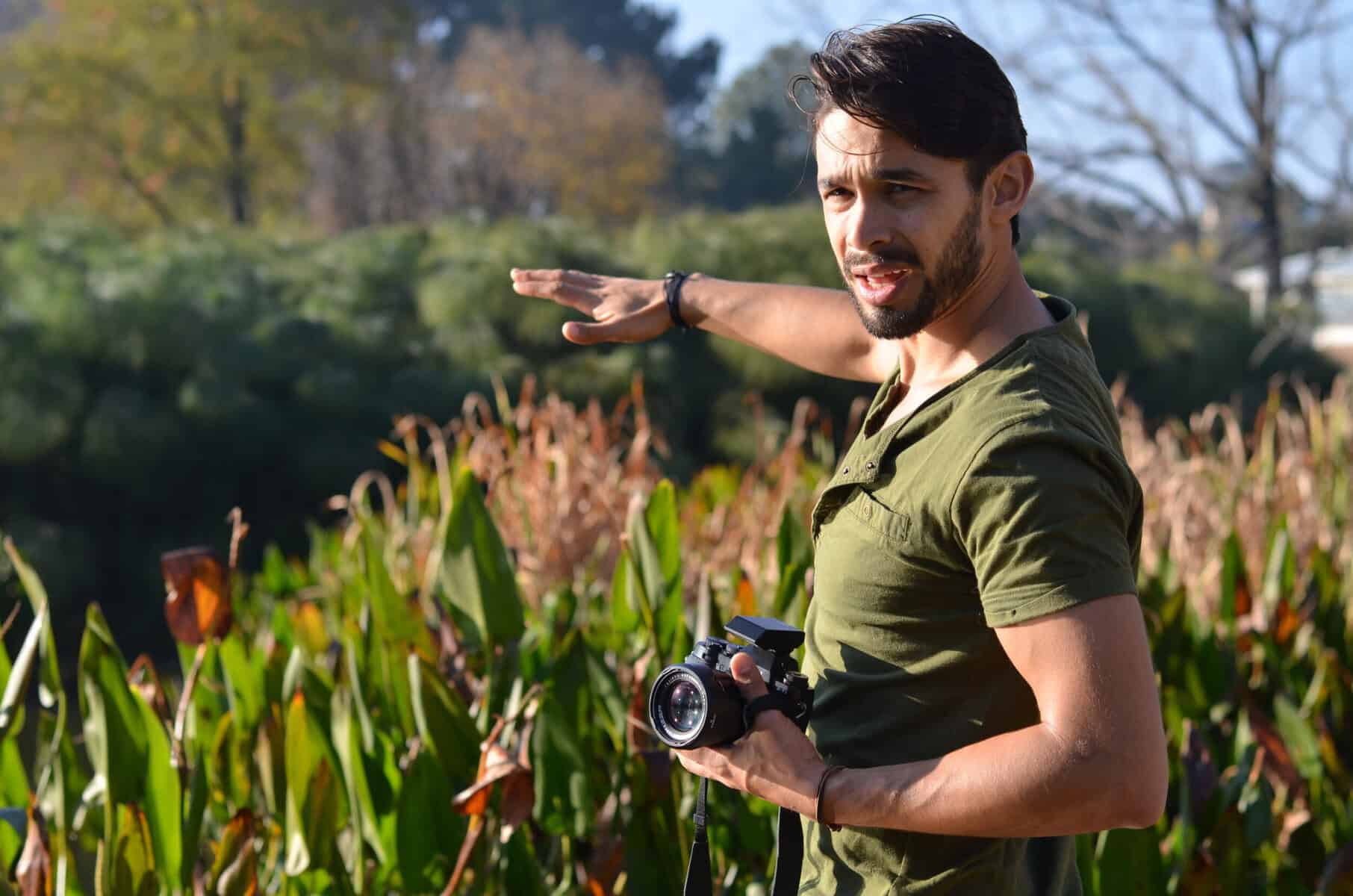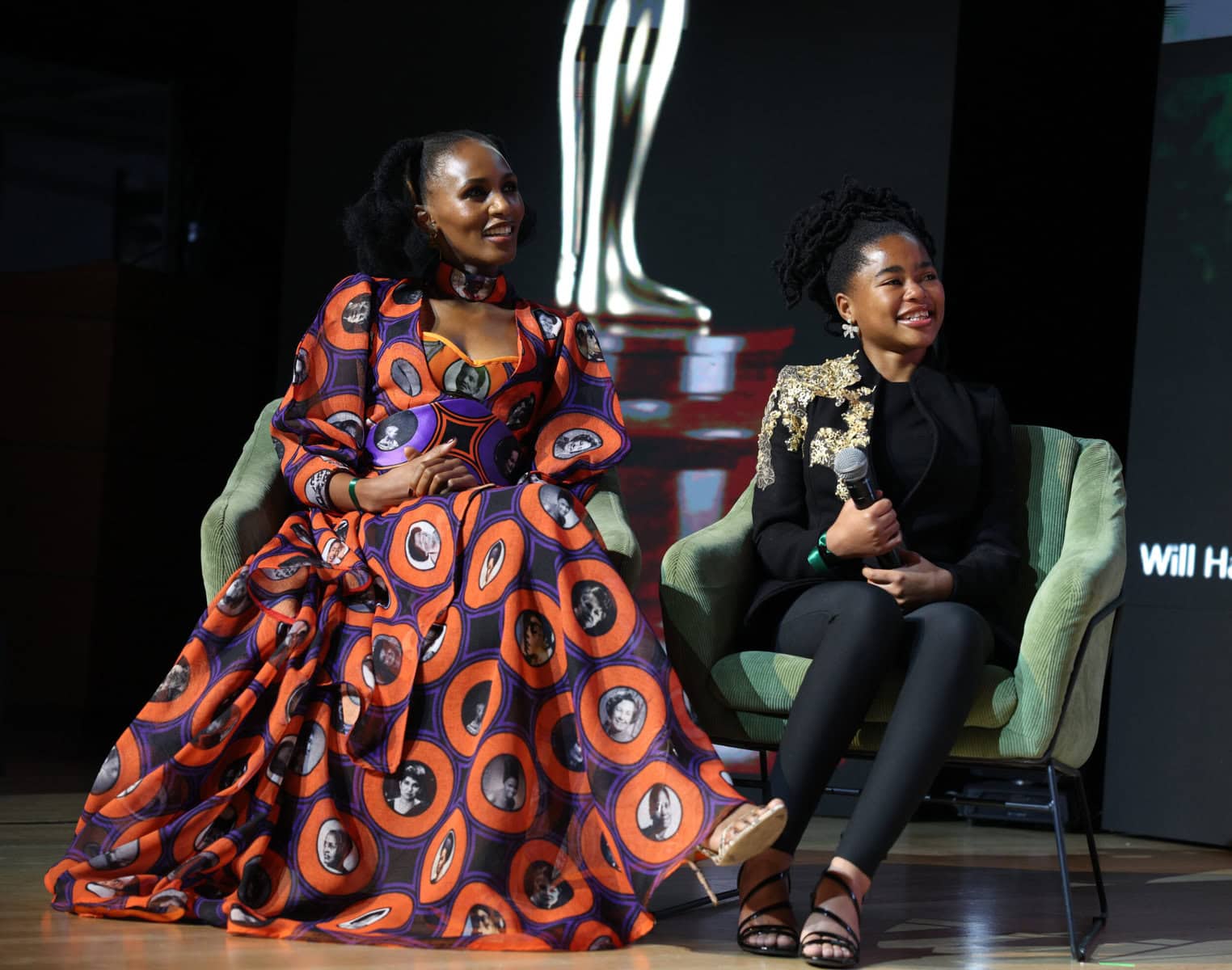Oscar-nominated film explores the cost of conservation and the value of the rhino.

A week ago, I had the privilege of attending the Johannesburg premiere of the Oscar-nominated short film “The Last Ranger”, a powerful film that highlights endangered rhinos and South Africa’s poaching crisis while exploring the emotional and ecological realities of rhino poaching in the country.
The film has not only captivated international audiences, earning a nomination for Best Live Action Short Film at the 97th Academy Awards, but it has also ignited an important conversation about wildlife conservation and the challenges faced by local filmmakers.
True story

Based on true events and told largely in isiXhosa, The Last Ranger follows Khuselwa, a committed game ranger in the Eastern Cape, and Litha, a curious young Xhosa girl who becomes her apprentice.
Together, they represent two generations grappling with the dangers of poaching and the cultural weight of protecting one of the world’s most endangered animals, the rhino. “This isn’t just a film; it’s a window into a world many of us rarely see,” said Maluṱa Netshaulu, head of social impact portfolio development at Nedbank, who spoke at the premiere.
ALSO READ:BET, MTV Africa and other channels may shut down as Paramount reviews strategy
“It’s a reminder of the massive costs, both monetary and emotional, that conservation demands.” Although The Last Ranger didn’t take home the Oscar, its impact is undeniable.
Director Cindy Lee and her team at Kindred Films and Studio Aether have delivered a visually arresting and emotionally stirring piece that highlights the intersection of environmental protection, cultural tradition, and socioeconomic factors.
From awe to anger

In a nutshell, you will cry watching it. “After watching The Last Ranger, I can say with confidence that we’re all experiencing a mix of emotions, from awe to sadness and a touch of anger,” said Netshaulu.
“That’s the power of good storytelling.” Filmed in remote parts of the Eastern Cape, the production faced numerous challenges, including the high cost of working with animals. The film’s rhino star, “Thandi”, was played by multiple animals.
Yet the team persevered, determined to show the world what’s at stake. The young actress who plays Litha, a 14-year-old with a deep emotional connection to the role, brought added authenticity.
“I tear up easily,” she said at the screening, “and there were many scenes that made it feel very real. Litha’s love for rhinos mirrors my own.”
The Last Ranger is also a poignant commentary on the lack of support for the arts in South Africa.
Rhino safety

While the country has no shortage of compelling stories, many filmmakers struggle to secure the financial backing needed to bring their visions to life. “Getting funding for a film in South Africa is incredibly hard,” said director Cindy Lee.
“We approached people who believed in the story. And we were lucky that Nedbank and the WWF got behind us.”
Speaking to Netshaulu, I learned something new.
The involvement extended beyond monetary support. For more than 35 years, the bank has collaborated with WWF through the Green Trust, a flagship conservation fund committed to building sustainable partnerships between nature and communities. This commitment is evident in other impactful projects supported by the trust.
Community involvement

In KwaZulu-Natal, the Somkhanda Game Reserve is a Big Five reserve owned entirely by the Gumbi people.
“With Green Trust support, the community receives direct tourism revenue, which funds schools, clinics, and local businesses,” he said.
ALSO READ: WATCH: Build One South Africa’s Mmusi Maimane’s gets his PhD
In Hluhluwe-iMfolozi Park, partnerships between Wildlife ACT, Ezemvelo, and local communities focus on human-wildlife coexistence and support for small-scale entrepreneurs.
“That’s how conservation can work for people, not against them,” said Netshaulu. Back in the film, the emotional stakes are high.
Khuselwa’s role as a ranger is a symbol of strength and sacrifice, and her mentorship of Litha shows the transmission of values across generations. The tension in the film is not just about poachers and rhinos but about survival, identity, hope, and love for the natural surroundings.
While it has yet to be released in South African cinemas, its message is already reverberating. The Last Ranger’s impact is undeniable. It has opened a much-needed dialogue — not only about wildlife, but about the wild terrain of independent filmmaking in South Africa. It will leave you deeply moved and, perhaps, a little more inspired to protect what’s ours.






